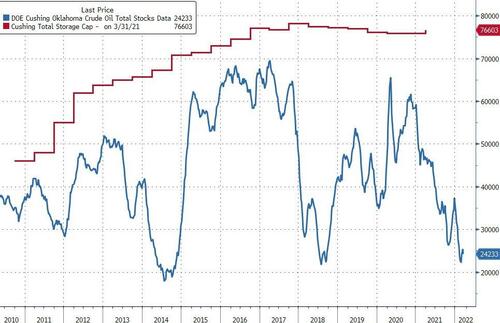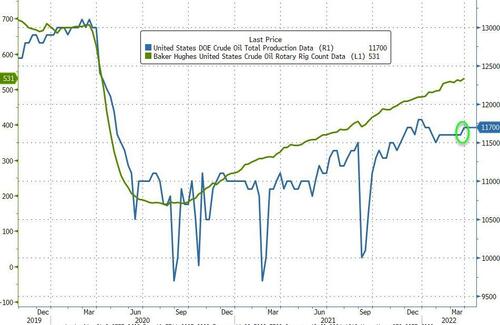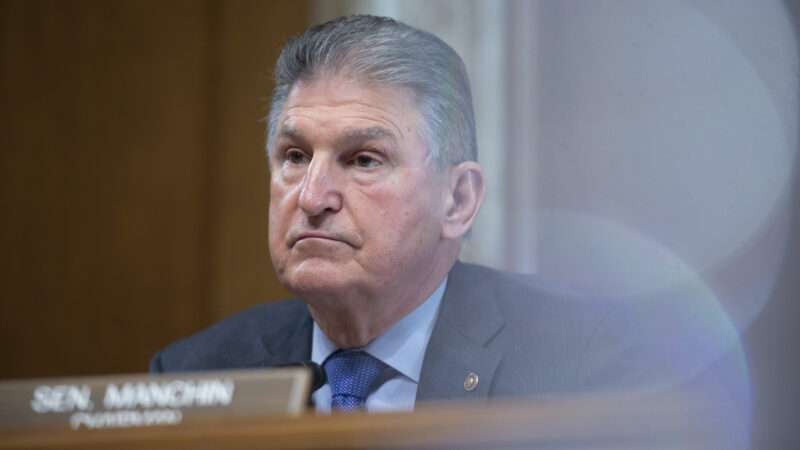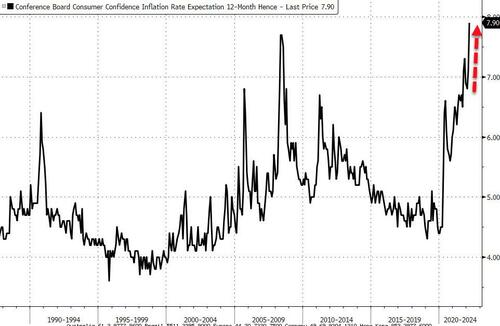
Two years on from the start of the pandemic, California lawmakers are proposing to extend state-level eviction protections for tenants behind on their rent. They’re doing it in a way that is angering both landlords and tenant advocates.
On Monday, the state’s Assembly voted 62-1 to pass a bill that would extend a policy stopping evictions for tenants who have already filed an application for emergency rental assistance. That policy is supposed to expire Thursday. Assembly Bill (A.B.) 2179 would extend the pause through the end of June.
“It would be cruel, wasteful and unfair to subject these Californians to eviction or the loss of rental income now, when they have done everything asked of them, and distribution of their emergency rental assistance is imminent,” said the bill’s co-author, Assemblymember Tim Grayson (D–Concord) in a statement.
COVID relief bills in December 2020 and March 2021 provided California with over $5 billion in emergency rental assistance funds to cover back rent owed by tenants to landlords. The state has thus far spent about $3.6 billion of that money by the end of January, per the latest U.S. Treasury Department data.
Giving more time for rent relief to trickle out has been a common reason given for extending eviction moratoriums. Some groups representing landlords are naturally peeved that the state is extending eviction protections once again.
“Enough is enough,” Christine Kevane LaMarca, of the California Rental Housing Association, told CalMatters.
But the bill isn’t entirely against landlords’ interests. The state had previously barred localities from enforcing eviction protections they passed after August 2020 until April 2022. Under A.B. 2179, cities and counties couldn’t start enforcing their eviction moratoriums until July 2022.
That would delay more stringent eviction moratoriums in Los Angeles County and San Francisco that are set to go into effect starting April 1. Both would prevent all evictions for nonpayment of rent.
Lawmakers and tenant activists in areas that had passed stricter tenant protections than what the state allows have come out against A.B. 2179 for that reason. Some have expressed displeasure at the bill’s continuation of a bizarre situation whereby local eviction bans enacted prior to August 2020 can still remain in effect.
“The legislation also preempts local eviction moratoria in certain places, including San Francisco and most of Los Angeles County, while leaving local eviction moratoria in place in other cities, such as the City of Los Angeles and Oakland,” said state Sen. Scott Wiener (D–San Francisco) and Assemblymember Phil Ting (D–San Francisco) in a Friday statement. “We shouldn’t be playing favorites by allowing some cities to protect their renters while prohibiting other cities from doing so.”
Both said they’d oppose A.B. 2179 as written. Ting was the one no vote on the bill in the Assembly. Wiener was on the only no vote against the bill at a meeting of the Senate Judiciary Committee yesterday.
On the flip side, landlords in cities with eviction moratoriums passed prior to August 2020 aren’t afforded any relief by the bill either.
Neil Seidel is the owner of six single-family rental properties in Los Angeles. He tells Reason he’s had one tenant who’s racked up $100,000 in unpaid rent at one property since March 2020. He also complains that she’s allowed unauthorized guests to stay there, who damaged the property and even caused the police to be called on one occasion.
The city of Los Angeles has had an eviction moratorium in effect since March 2020, which won’t expire until a local state of emergency lapses. The city’s moratorium doesn’t allow evictions for nuisance or nonpayment of rent for tenants who claim a COVID-related financial hardship.
Seidel says his tenant’s claim of a COVID-related hardship is bogus given that she is currently employed as an executive at a medical company. Federal financial disclosures show that his tenant continued to file reports for the company as their chief financial officer as recently as this month.
True, the company she worked for was also forbidden from trading stock in April 2020 by the Securities and Exchange Commission (SEC) for misleading investors about having COVID tests and personnel protective equipment available for sale. The company and its top executives were eventually charged by the SEC in July 2021.
Presumably, some sort of hearing could have sorted out whether that was enough of a COVID-related hardship to qualify Seidel’s tenant for the city’s eviction protections. But L.A. allows tenants to self-certify that they are in fact covered by the moratorium.
“It sucks. It’s being stripped of our rights and the basic sacred right of property ownership. It’ll drag on and drag on,” says Seidel.
In August 2021, the Supreme Court struck down the self-certification provisions of New York’s eviction moratorium, reasoning that it deprived landlords of due process by preventing them from challenging the truthfulness of tenants’ hardship claims.
The Apartment Association of Greater Los Angeles has an active federal lawsuit against both the city and county’s eviction moratorium. The latter, as mentioned, is not in effect yet. It would be delayed again if A.B. 2179 passes.
“These were only meant to be temporary measures. Here we are two years later, in the face of having a Super Bowl game in Los Angeles where hundreds of thousands attended the game, not wearing masks,” says Daniel Yukelson, the executive director of the Apartment Association of Greater Los Angeles. “There’s just no reason for it.”
A.B. 2179 passed out of the California Senate Judiciary yesterday. It heads to the Senate floor, where it needs two-thirds support to pass.
The post The Pandemic Is Over. California's Pandemic-Era Eviction Protections Are Getting Extended. appeared first on Reason.com.
from Latest https://ift.tt/8WRrzU2
via IFTTT










